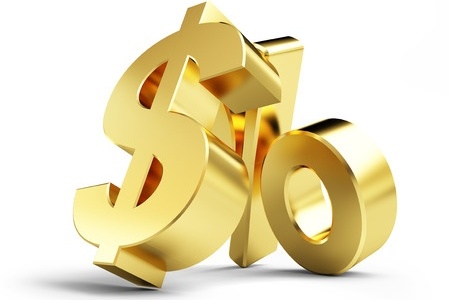
Fed Hikes Interest Rate: What it Means for Consumers
The Federal Reserve’s decision to raise its benchmark short-term interest rate will slowly push up rates on everything from mortgages and credit cards to savings accounts.
The Fed increased its federal funds rate by 0.25 percentage points. It was only the second increase in more than a decade. Chairwoman Janet L. Yellen said at a press conference that the economy had shown enough improvement in the last year to warrant higher increases and projected three more rate hikes in 2017.
Here’s how the rate hikes will affect your pocketbook.
Mortgage rates
Mortgage rates are already historically low and the Fed’s short-term rate bump — which indirectly affects mortgage rates — is not likely to make a big difference in the next few months. But, subsequent hikes by the Fed in 2017 could start to really add to the cost of a home.
Mortgage rate increases could have more of an impact in costly home markets, like San Diego County.
Rates have already gone up since president-elect Donald Trump’s victory. Mortgage rates were 3.59 percent the day before president-elect Donald Trump’s victory. they have risen to 4.19 percent since, according to Mortgage Daily News.
Mortgage rates typically track the yield on the U.S. 10-year Treasury. That yield has risen sharply since the election as investors take money out of bonds and put it in the stock market. However, the bond market could still change course as investors become less bullish on stocks.
Lawrence Yun, chief economist for the National Association of Realtors, predicted Wednesday after the Fed announcements that the mortgage rate would be in the 4.5 to 5 percent range for a 30-year fixed rate mortgage at this time next year.
Auto loans
Current car owners paying off a fixed-rate loan will not be affected by any rate increase, but new shoppers looking to buy could pay more — but not much. The average interest rate for a new car was around 4.26 percent in early December and 4.79 percent for a used car, said Bankrate, a financial website that tracks loan rates. The difference of a 0.25 percentage point for somebody looking to borrow $25,000 is $3 a month.
Savings accounts and CDs
If you like to save money, you’re happy to see any rise in interest rates. But don’t get too excited because Wednesday’s move will have a marginal impact on your nest egg.
Rates on many savings products are still in the basement. Consumers are still lucky to find a savings account with 1 percent rates.
Savings accounts and certificates of deposit, or CDs, benefit from high yields and could become more of a factor if the Fed continues to raise rates. Money market accounts, a subset of savings accounts, have historically performed much better. The yearly yield was 5.98 percent in 1990. By 2000, it was down to 2.07. Today, rates in San Diego County range from 0.01 to 0.05 percent, according to Bankrate.
Credit cards
If you have a credit card with a variable rate or a home equity line of credit, you’ll feel Wednesday’s Fed move pretty quickly.
Average credit card interest rates are about 16.28 percent, while home equity lines are about 4.78 percent, says Bankrate. And banks will pass along that quarter-point increase in the fed funds rate to consumers in a few weeks. So, it will make sense to pay this type of debt off before rates get too high or get into some sort of fixed-rate repayment.
Source: latimes.com by Phillip Molnar




